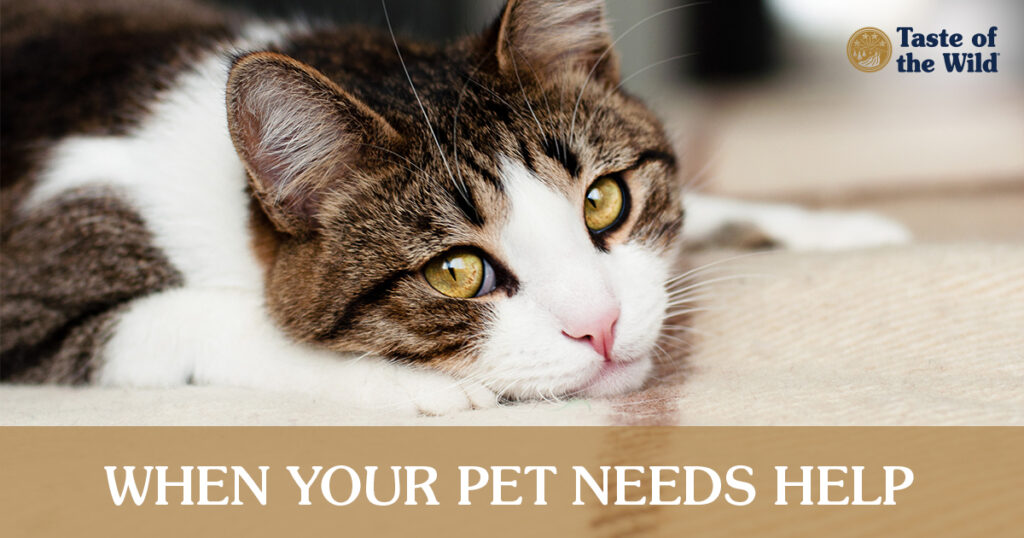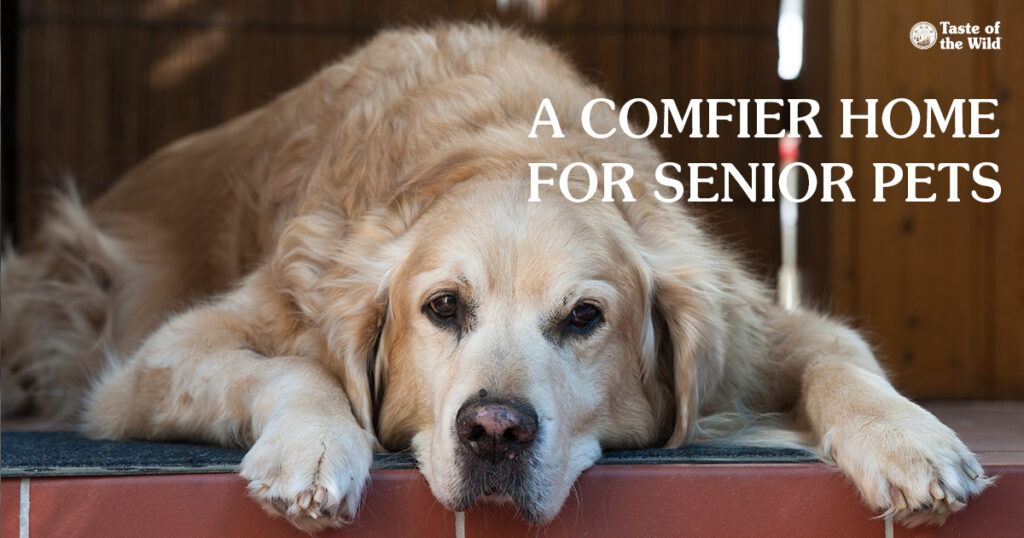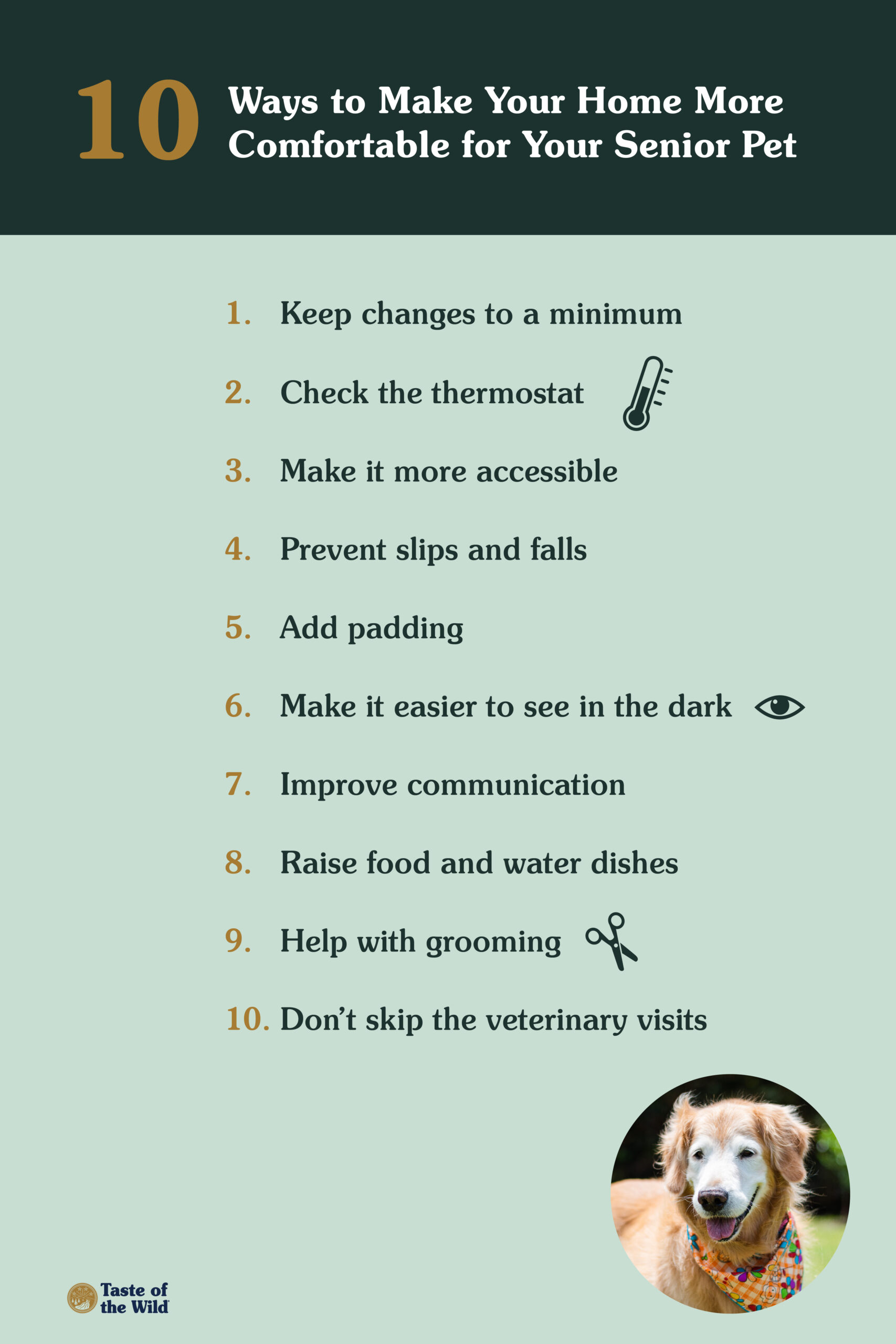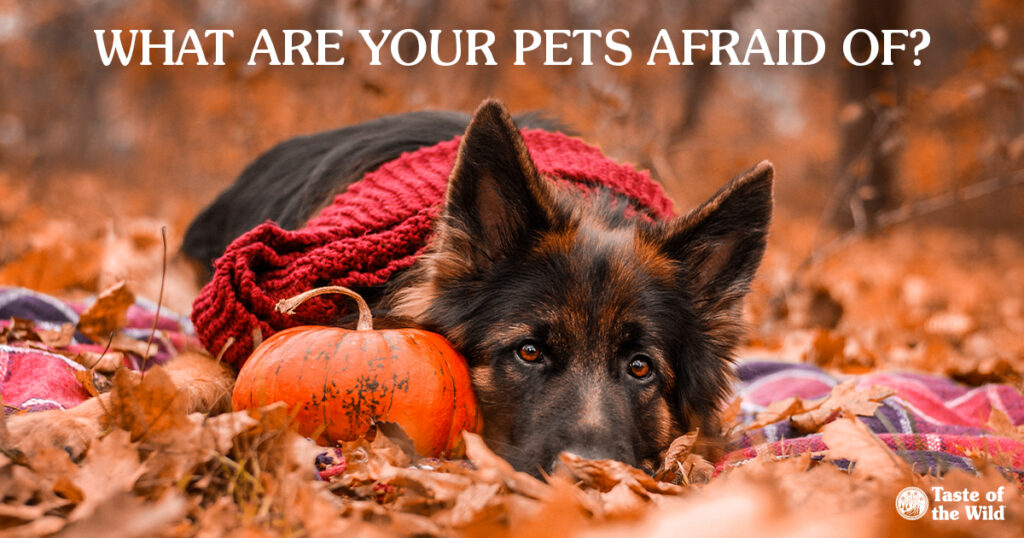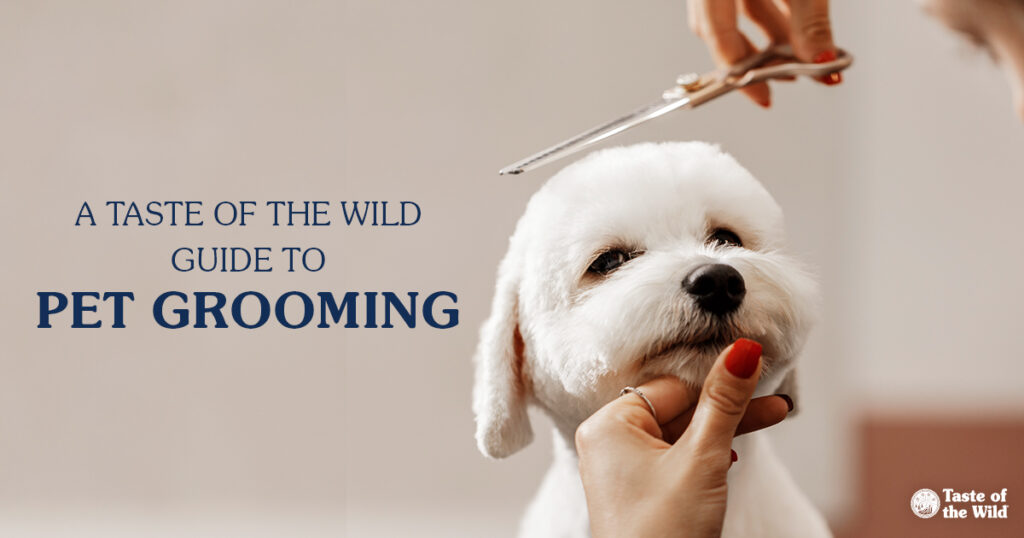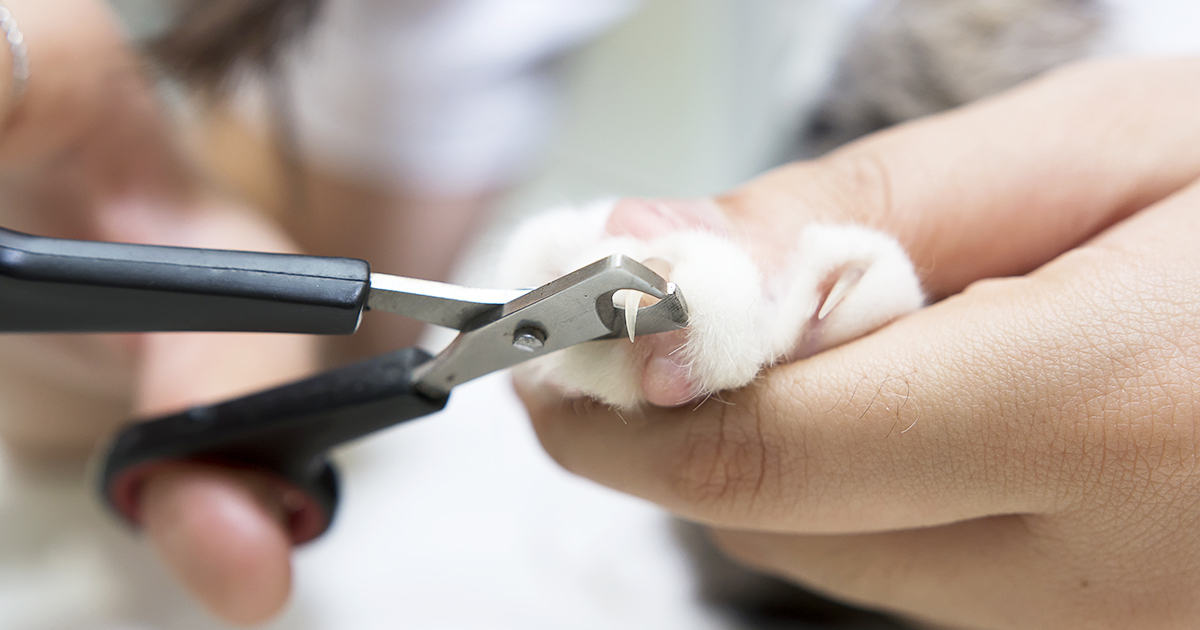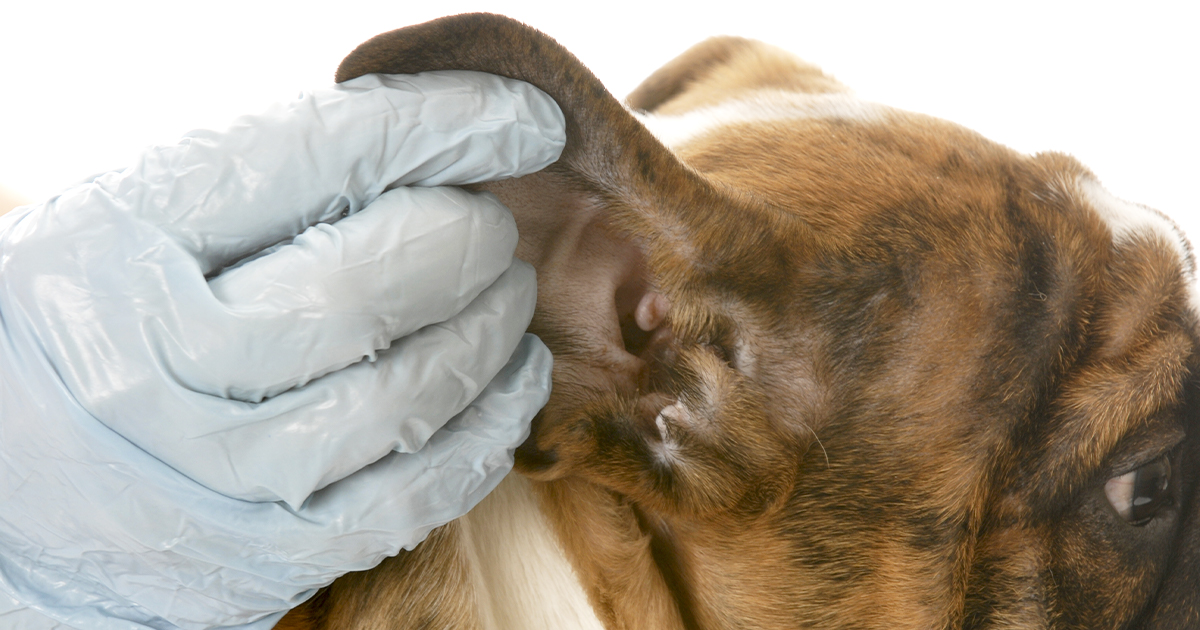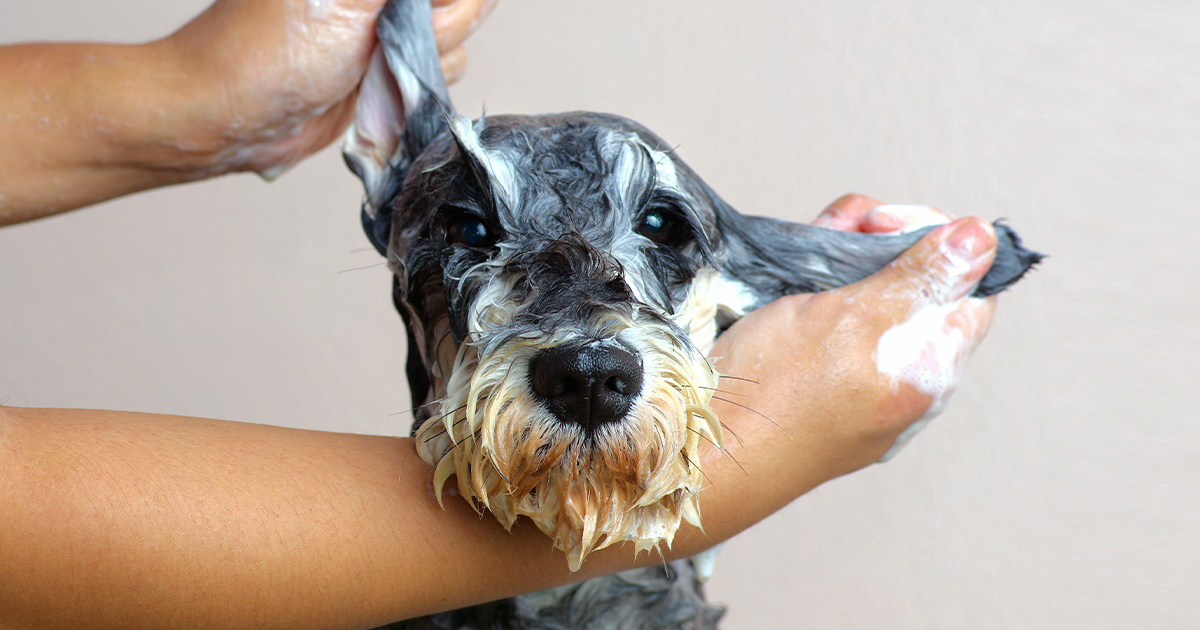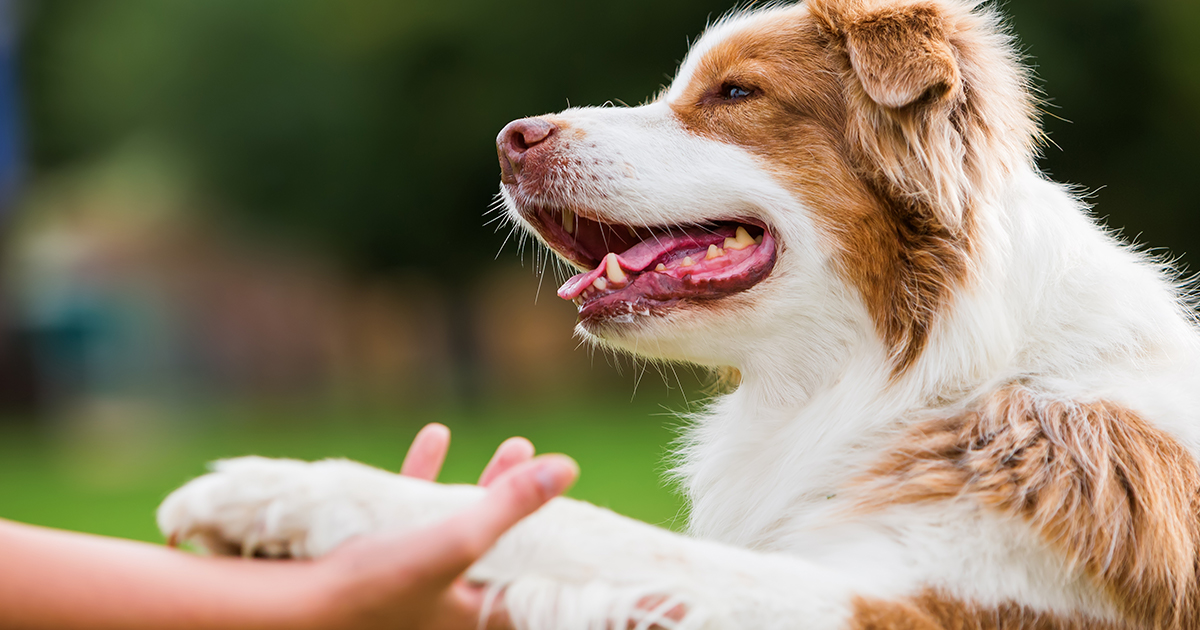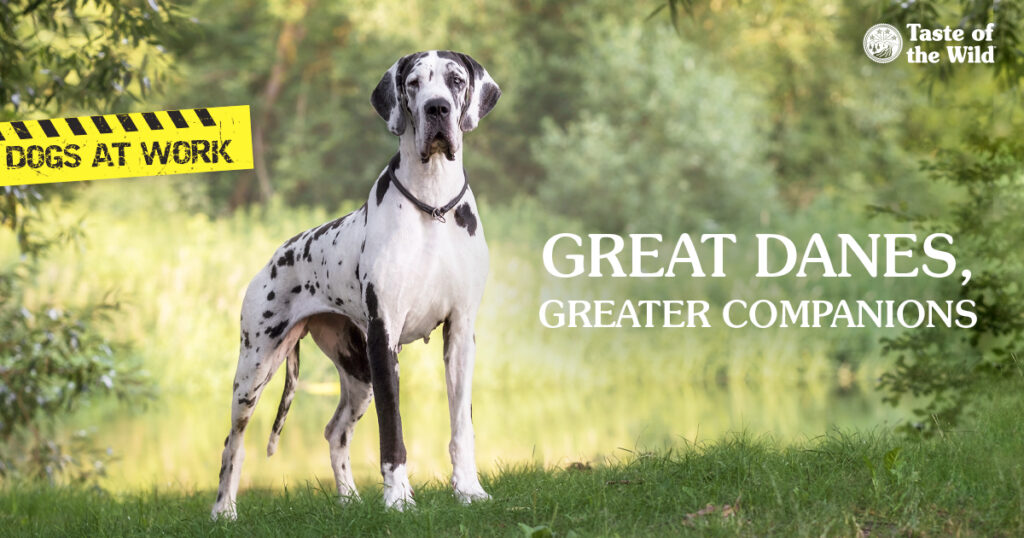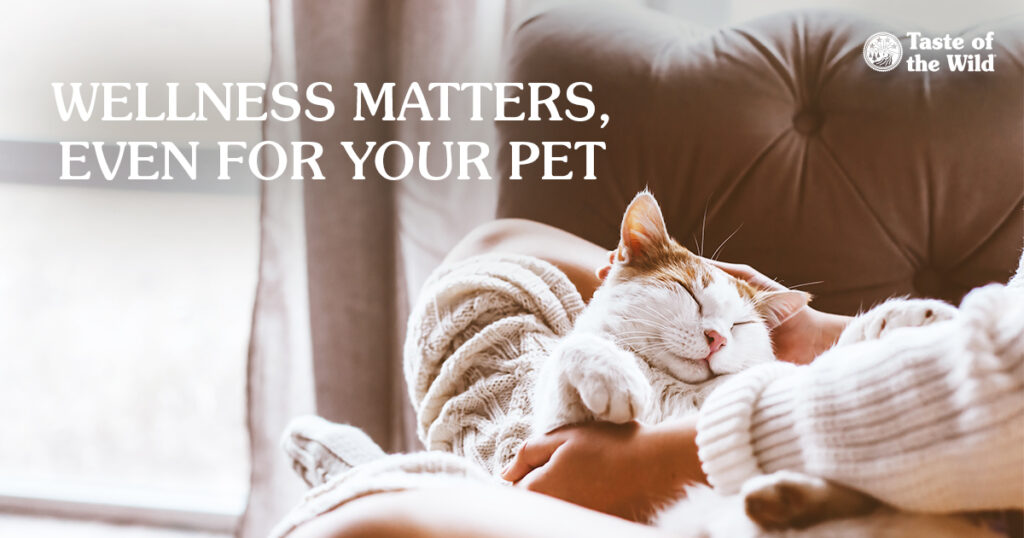
Sometimes, we like it when our dogs bark. It lets potential intruders know there’s a canine guarding the house. It alerts us to someone at the door. Or it tells us our dogs are ready to come in from outside.
But some dogs can go overboard on barking, keeping a constant high-pitched commentary going on about everything outside or inside the house. Your neighbors might not appreciate it, and there may be city ordinances against a barking dog.
If you’re worried your dog may be more vocal, especially during the holidays, here are some things you can do to curb the behavior, in addition to teaching them basic obedience training commands.
Why your dog barks
Knowing what sparks your dog’s impulse to yap can go a long way to helping resolve the issue. Try to notice if there’s a time or location that inspires the barking. Are there certain people, animals, sounds or objects that seem to rile up your dog?
Territorial barkers take their job as guard dogs seriously. They’ll often perch at your front window and bark at every person, dog or squirrel that comes within eyesight.
Others are social barkers. Their ears perk up at the sound of another dog barking in the neighborhood, and they join in the chorus.
Many dogs bark because they’re bored or they’re seeking attention from you, another person, or a dog. Of course, any response from you, even to holler “stop barking,” gives them what they want: your attention. So the barking is likely to continue.
Dogs who create a ruckus when left at home alone may have underlying separation anxiety. These dogs are often truly distressed and may require the help of your veterinarian or a veterinary behaviorist to treat the underlying problem before the barking can be addressed.
The same goes for dogs who bark out of fear or anxiety. They may bark because they can’t escape from the person or thing that’s triggering them to be upset, whether it’s a stranger, another dog, or a vacuum cleaner. This kind of bark may be a warning to back off before the dog becomes aggressive. In this case, professional help may be necessary.
What you shouldn’t do
Don’t punish or yell at your dog for barking. Punishment may add to the dog’s fear and make barking worse. If your dog is seeking attention, any attention you provide — even negative — rewards the behavior and encourages it to continue.
Don’t be inconsistent. Don’t reward your dog for barking at some things, like people who come to the door, but not other things, like squirrels.
Don’t use shock collars. Some dogs will temporarily stop barking with shock collars and citronella collars, which emit a citrous scent with barking — but they eventually figure out a way around them. Positive reinforcement of quiet behavior is always better.
Don’t get your dog excited about arrivals at your door. Saying “who’s here” in an excited tone may motivate aroused barking when you really want your dog to stay calm.
Don’t leave a muzzle on your dog. Immobilizing your dog’s jaw for any amount of time can impair drinking and proper breathing and will most likely increase your pet’s anxiety.
What you should do
Start by working with your veterinarian or certified trainer to determine what is causing your dog to bark. Pinpointing the cause will help determine the most effective behavior modification techniques to help your dog.
Avoid barking triggers. If your dog barks at everything outside the window, apply a window film or close the curtains. For pups who are overexcited on walks, go for a stroll during low-traffic times when you’re less likely to run into others.
Distract your dog from surroundings. For dogs who bark when on leash, reward them for walking by your side and looking in your eyes for guidance. When a dog nears, train your dog to sit and touch its nose to your hand. With positive reinforcement such as treats, you can make yourself more interesting than the dogs that walk by.
Teach the “quiet” command. Start by asking your dog to speak. Then, say “quiet” and give your dog a reward for not barking. Gradually lengthen the amount of time your dog needs to stay quiet until they receive the reward.
Increase the exercise. If your dog is barking out of sheer boredom, make a commitment to a long walk each day. A tired dog is often a quiet dog.
Teach your dog an alternative behavior. Dogs that bark when the doorbell rings can be trained to go to their mat and be quiet. You will need to start this training weeks before the holidays to give your dog time to master the behavior. Also, instruct visitors to make their entry low-key and to ignore the dog until they’re quiet.
Replace fear with good things. If your dog is afraid of strangers who come to the door, distract your pooch with treats and keep doing so until they are relaxed when the stranger is in the house.
Don’t leave your dog in the yard alone. Supervise your dog while they’re in the yard, or better yet, keep them occupied with games of fetch or playing with toys.
If you run into any roadblocks, consult your veterinarian or certified trainer. With a little effort, you’ll never even know that Santa came down the chimney until Christmas morning!


